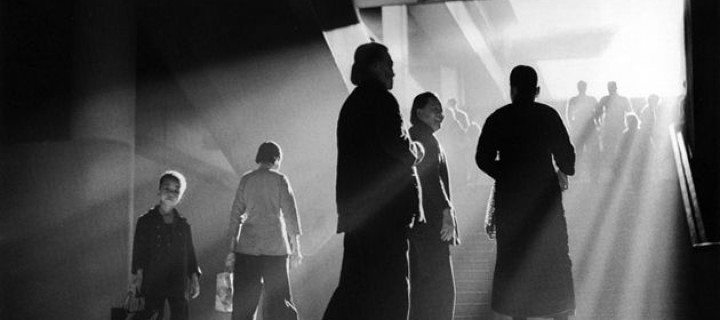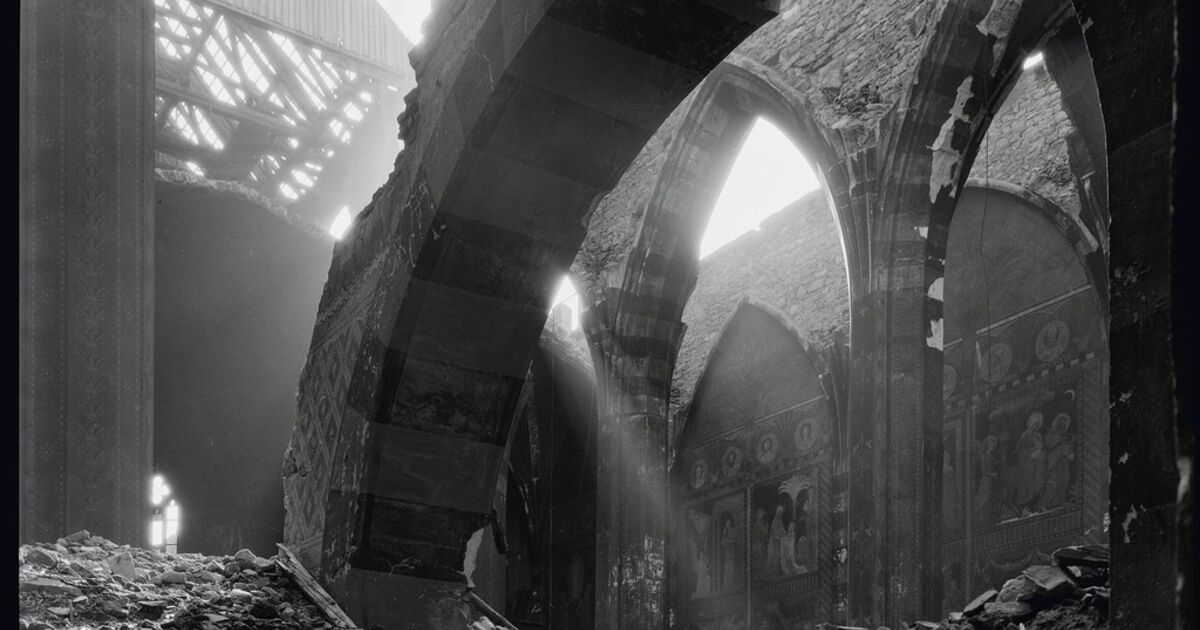1. The work is calming and a little whimsical. In my opinion, it perfectly captures the calm after the storm and the beauty in abandonment/isolation. The shots have a beautiful, dark gray aesthetic, which I enjoy a lot.

2. Sudek's work is classified as neo-romantic, but if I had to categorize it I would say it is melancholy life photography, just based on the gray tones, solitary objects, and places relatively void of bustling city life/people, etc.

3. Fan Ho and Josef Sudek have some similar shots in the way they capture rays of soft sunlight filtering between buildings/architectural structures, as shown below. Sudek has less work featuring this motif, but Ho often focuses on that. Overall, I prefer Fan Ho, but between the photos shown below, I enjoy Sudek's more.



4. If someone made Sudek's work today, it would more heavily focus on ruination and abandonment, really honing in on the decline of our world in terms of the current conflicts and division we face globally.


5. I love Sudek's quote because it really highlights how photography can make anything seem beautiful and shows that anything can tell a story. It also goes to show how masterfully Sudek has taken "dead" elements and given them a life for as long as we perceive his work, almost putting them in limbo between life and death, a space that acknowledges the beauty of both simultaneously.

Comments
Post a Comment